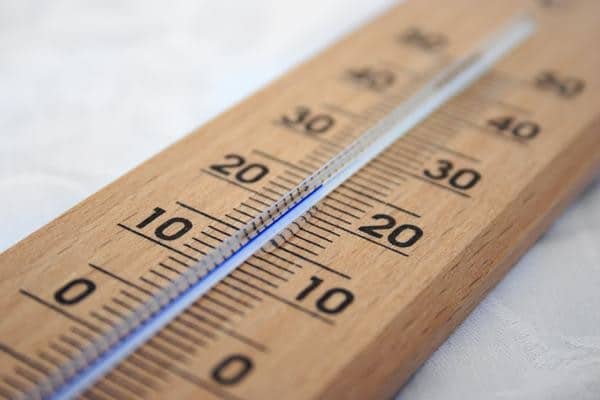SPECIFICATION GENERATOR
Find out which low impact materials are right for your building project.
Thermal mass of insulation materials
Find out more about how we approach this building scenario.

As it is now summer and our buildings are warming up here in the UK I thought I’d write more about thermal mass and how this affects everything from comfort to performance in buildings.
From my discussions with many people I get the impression that people basically understand what thermal mass is all about but don’t really have any idea of how either having it or not affects their experience of being inside buildings. This is different to the general understanding of insulation which is fairly well understood as it obviously dictates how high your central heating is turned up and has direct links to one’s wallet! As it happens, thermal mass does too.
As buildings become more insulated and more airtight it becomes harder to maintain even temperatures inside when the number of occupants and the activities they are involved with vary greatly through the course of the day. When heat production inside the building varies as well as the amount of heat penetrating the building it needs to be managed by either powerful air conditioning, ventilation through doors/windows or through storage of the heat within the fabric of the building. Air conditioning is very energy hungry but quite accessible, ventilation is only possible when there’s a cross wind, it’s cooler outside than in and there are no noise/pollution/security issues.
Allowing the building fabric to absorb heat during the day which can then be released over night has a very low energy requirement, involves virtually no input from occupants and doesn’t necessarily require you to open windows. You would normally use a ventilation system overnight to bring in cool air from outside, using fractions of the energy used by aircon, removing the heat built up over the previous day. This can also be done by simply opening windows but is much less controllable.
As dwellings move more towards high levels of insulation, such as Zero Carbon or Passivhaus the focus on heating them in the winter will need to expand to how to keep them cool in the summer too. I am lucky enough to live in a certified Passivhaus and in the summer we need to open the windows over night to keep the house cool. The house uses heavyweight Unger-Diffutherm wood fibre insulation in the walls and roof and we included lots of clay boards(around 500m2) inside the house to increase thermal mass and improve the acoustics. I suspect that in similarly high performance buildings using very lightweight insulation such as mineral wool or isocyanurate foam boards overheating will be a real issue. There are cases already coming to light of exactly this happening.
Moving back to the winter months and there are studies showing that thermal mass helps reduce the heating requirements of buildings too. I have previously blogged about a report which shows that in spite of differing occupancy styles heavyweight buildings reduce heating requirements by up to 20% during the heating period. This is within buildings which have the same theoretical heat losses, same U-values, just different materials used in their construction. Some of this could be because the way the demand slowly builds on the heating system in a heavyweight house as it cools slowly. A lightweight building will cool more quickly, possibly putting higher demands on the heating system but in shorter bursts, making the system much less efficient. The speed at which heat travels through the walls (diffusivity) will also have some bearing on it too. Some natural fibre materials use water as a phase change material within their fibres to store and release heat prolonging the time taken for the heat to travel through the walls. Some of it will be to do with storing solar gains but, whatever the reason, a 20% reduction in your heating bill is not to be sniffed at.
If you’d like to discuss what materials may help improve the thermal mass and comfort within your building, call us or email us from our contacts page.
